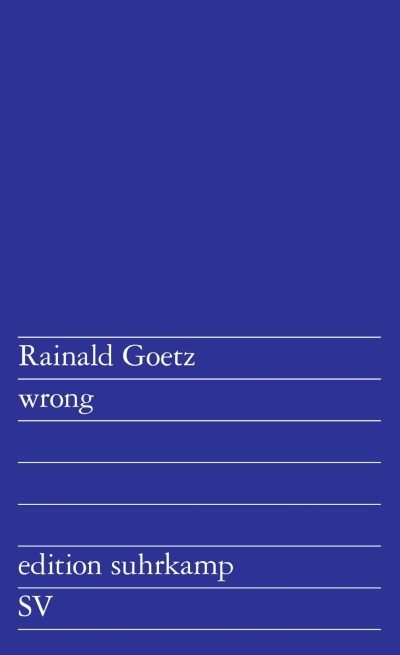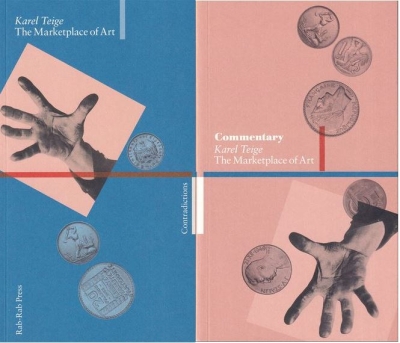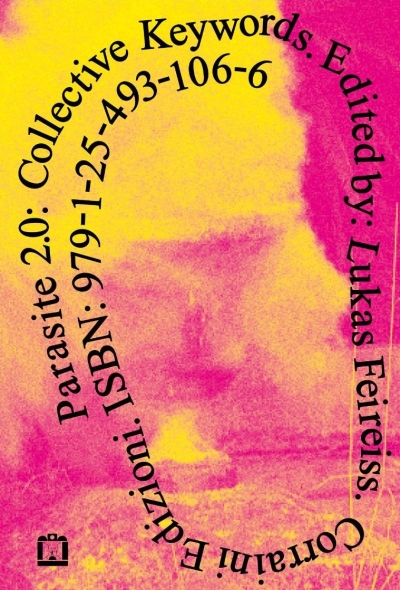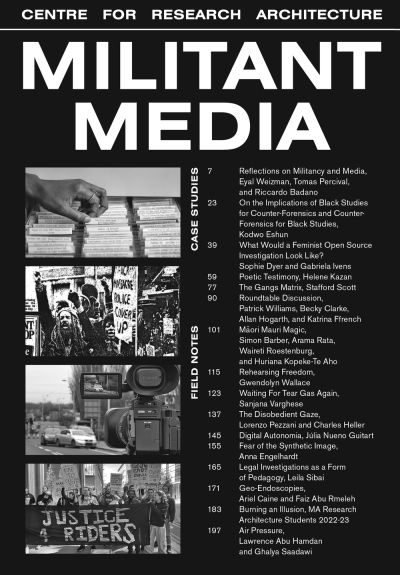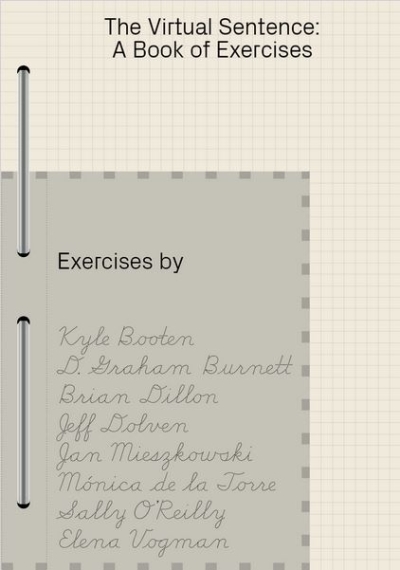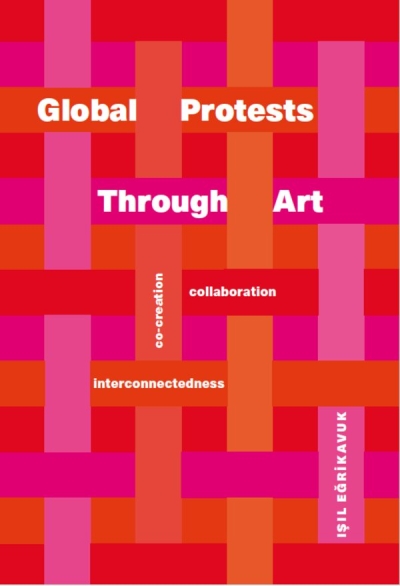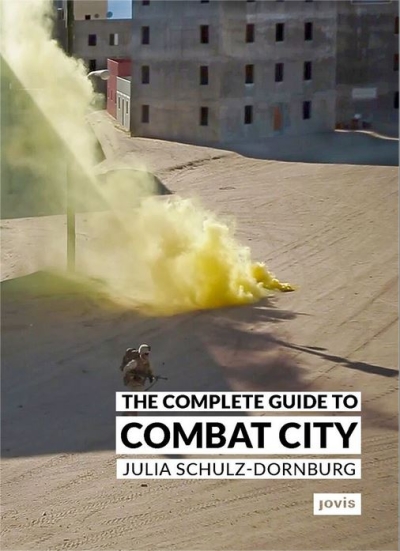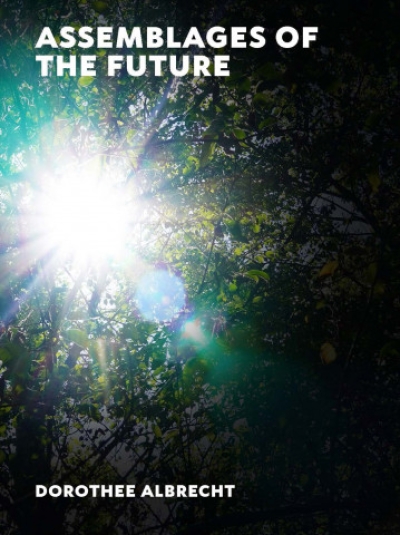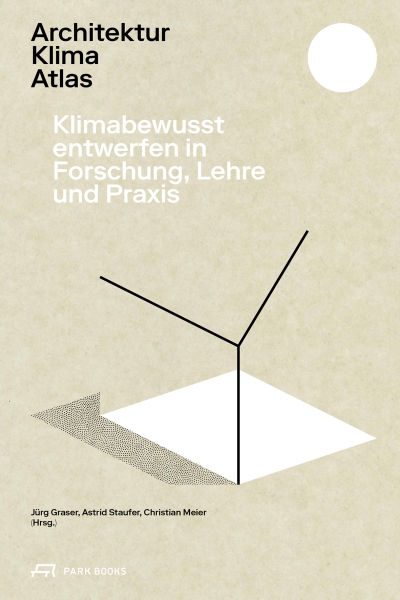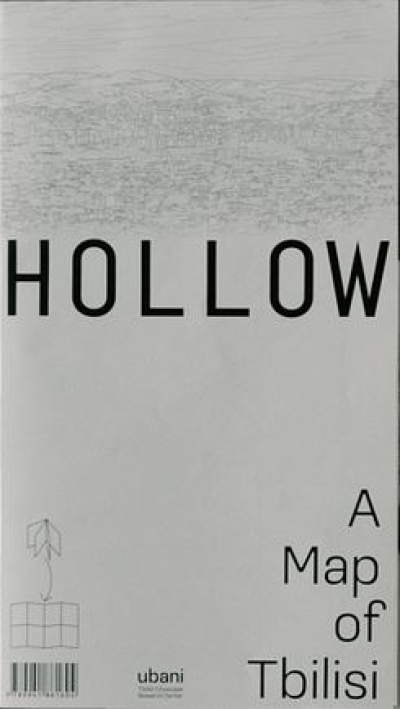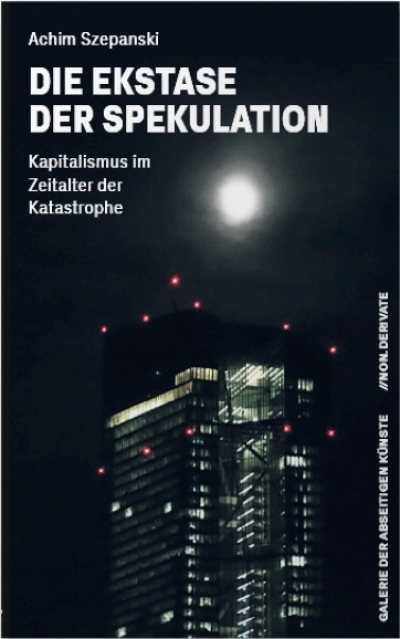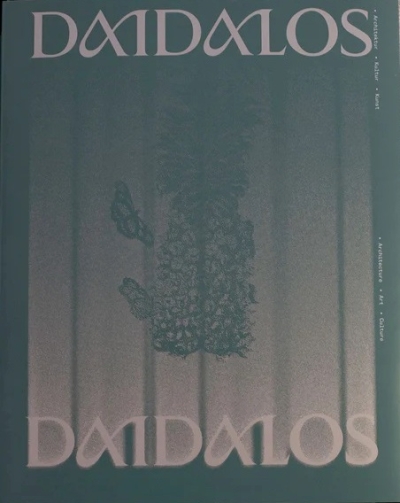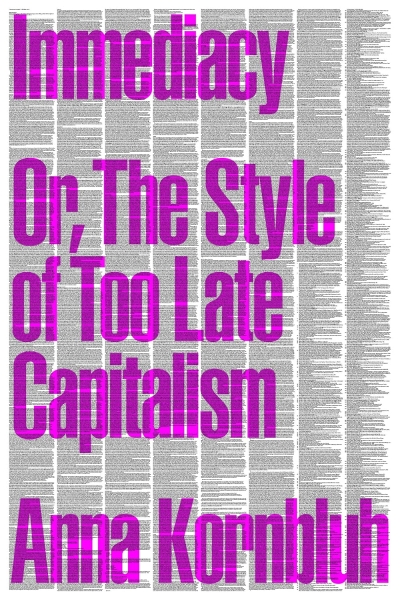
Narrative Architecture
Architectural Design Primers Series.
To architects the enduring attraction of narrative is that it offers a way of engaging with the way a city feels and works. Rather than reducing architecture to mere style or an overt emphasis on technology, it foregrounds the experiential dimension of architecture. In practice, it is just as easy to be minimalist as maximalist in its execution. Nigel Coates' "Narrative Architecture" is the first publication to look the subject in the eye. It deals with its background, analysis and practice as well as its future development.
In architecture, narrative prioritises human experiences and the need to shape them into stories. It places the emphasis on a building’s meaning rather than performance. To architects, the enduring attraction of narrative is that it offers a way of engaging with the way a city feels and works. Rather than reducing architecture to a mere style or an overt emphasis on technology, it foregrounds how buildings are experienced.
Since the early 1980s, many architects have used the term ‘narrative’ to describe their work. Nigel Coates was at the forefront of this movement as one of the founders of NATO (Narrative Architecture Today) at the Architectural Association in London. During the late 1980s and early 1990s, he spearheaded narrative practice in the commercial world with designs for fashion retail, bars and nightclubs in London, Tokyo and Istanbul. Retailers, restaurant owners and event organisers, keen to talk to their customers in new ways, soon followed suit, adopting a narrative approach.
In this book, Coates explores the potential for narrative as a way of interpreting buildings from ancient history through to the present. It features architects as diverse as William Kent, Antoni Gaudí, Eero Saarinen, Ettore Sottsass, Superstudio, Rem Koolhaas and FAT. It provides an overview of the work of NATO and Coates, as well as chapters on other contemporary designers. In so doing it signposts narrative’s significance as a design approach that can aid architecture to remain relevant in this complex, multidisciplinary and multi-everything age.

